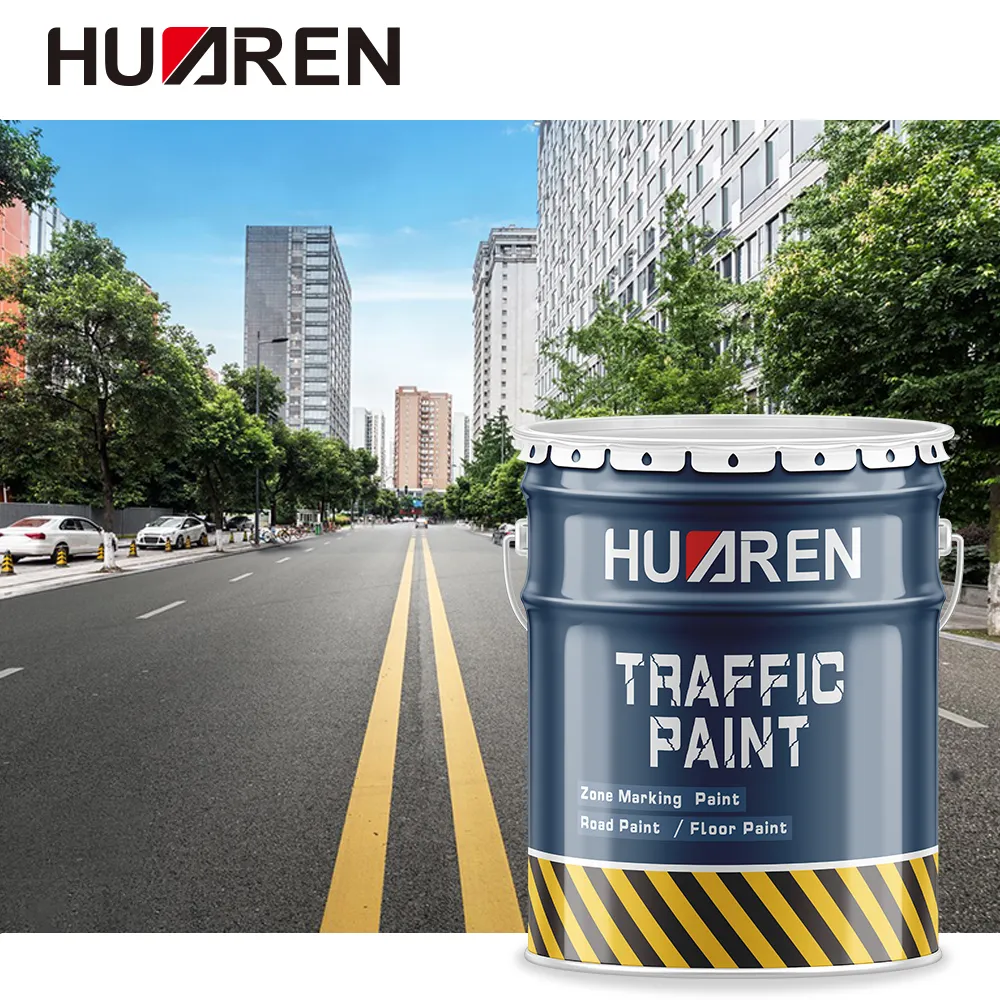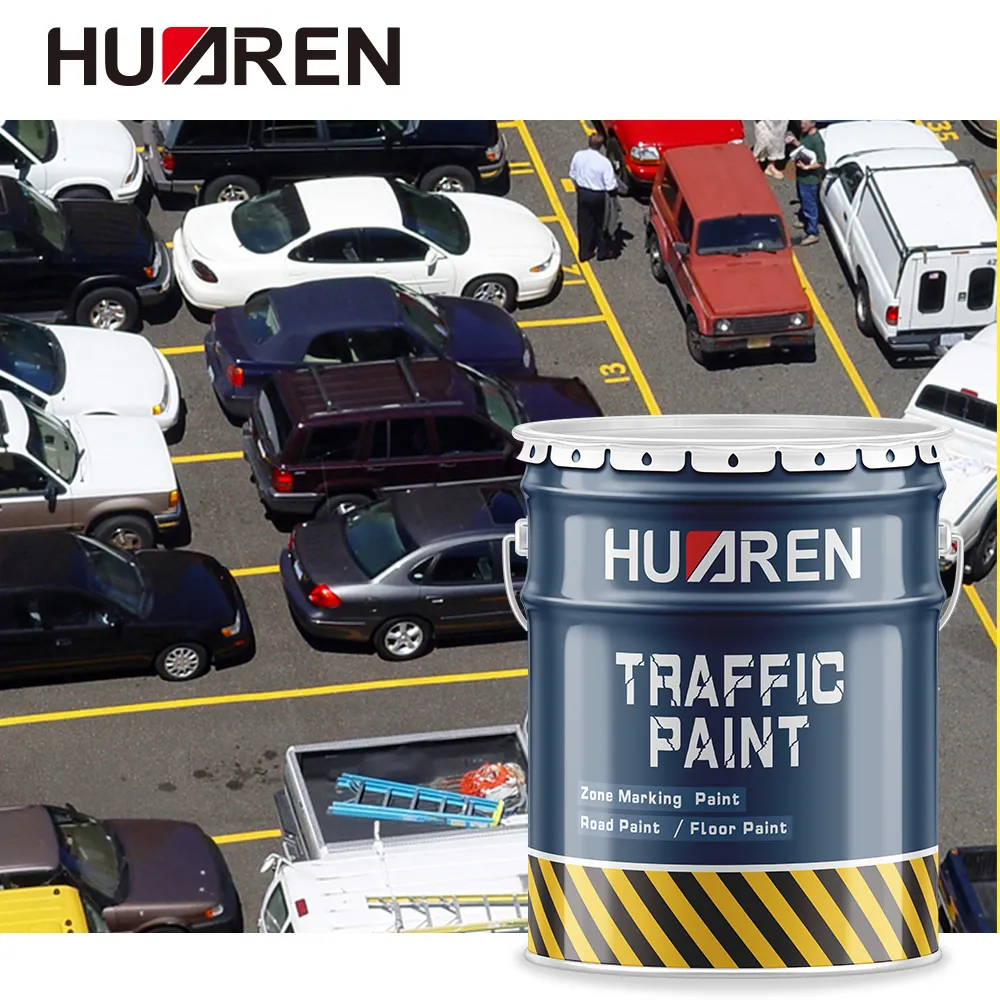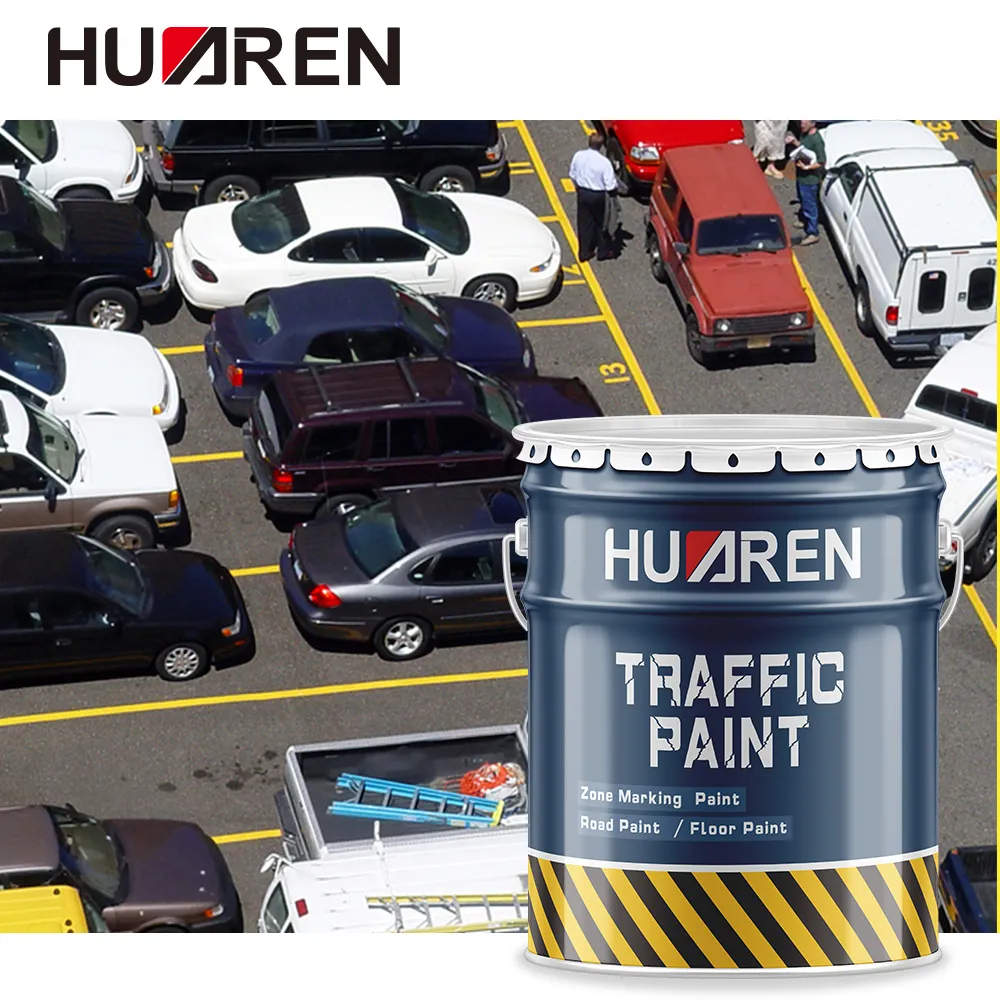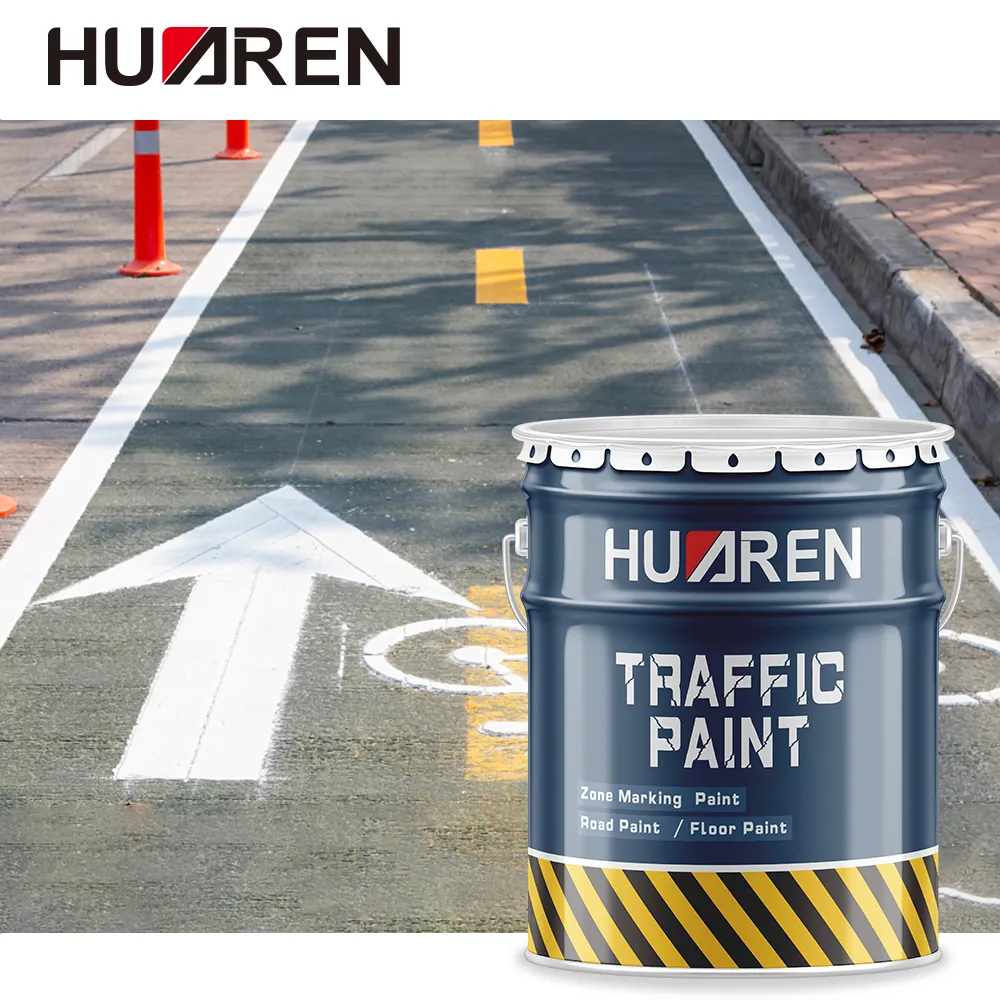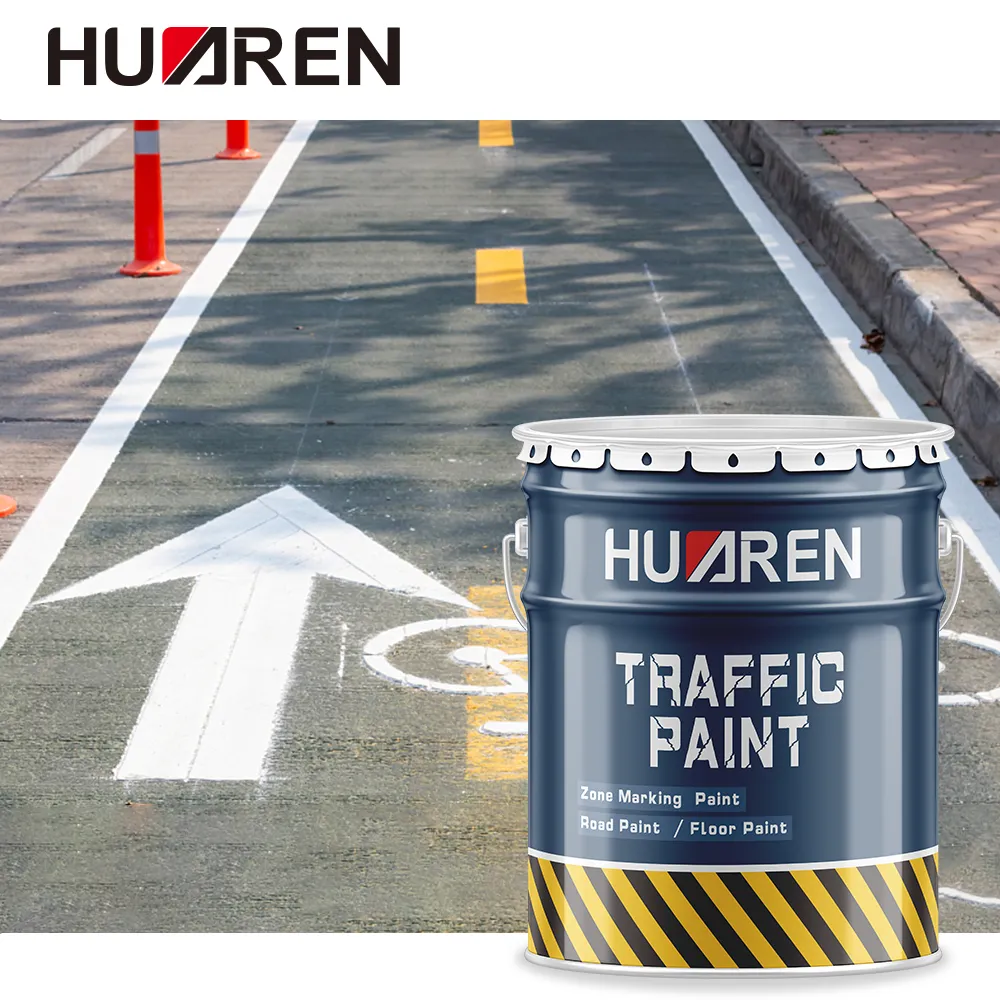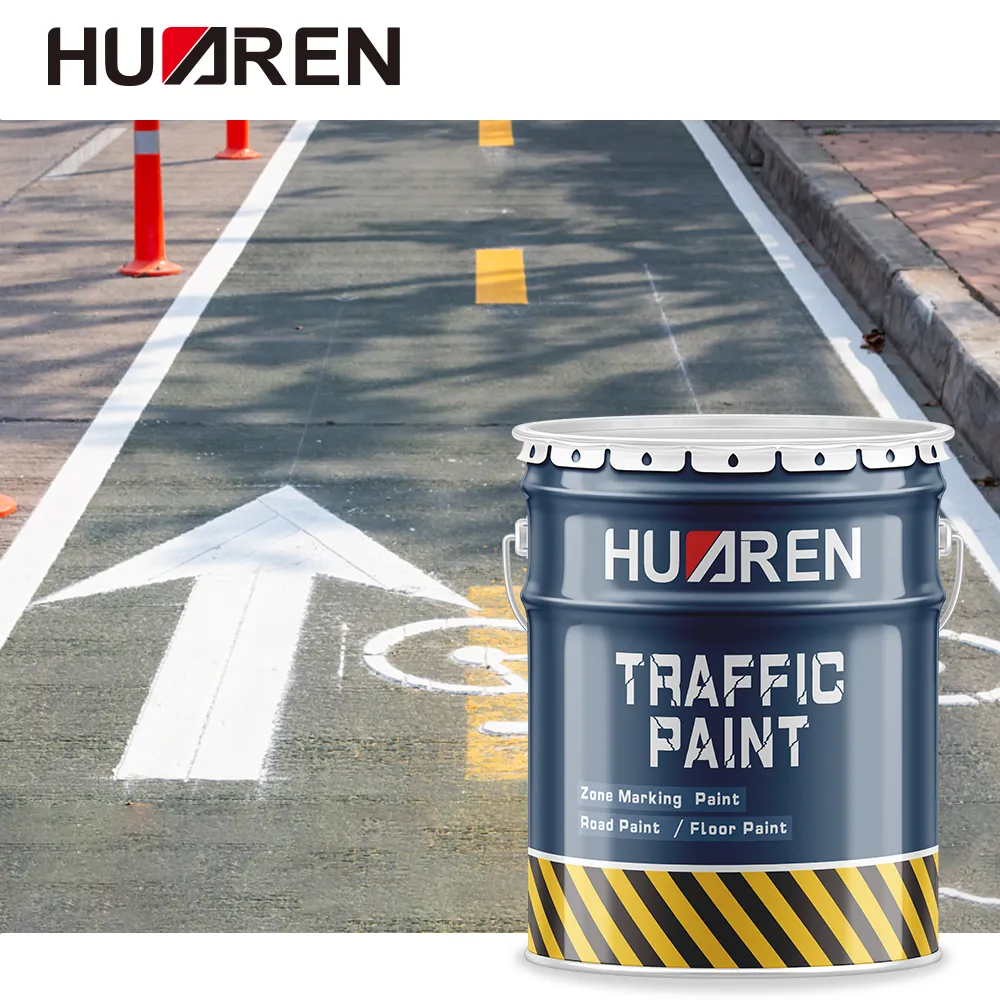02-05/2025
In 1924, Lester Wire, an engineer at the New York State Department of Transportation in the United States, first used a special paint to mark road lines. This paint has higher wear resistance and reflectivity and is considered to be the prototype of modern traffic paint.


